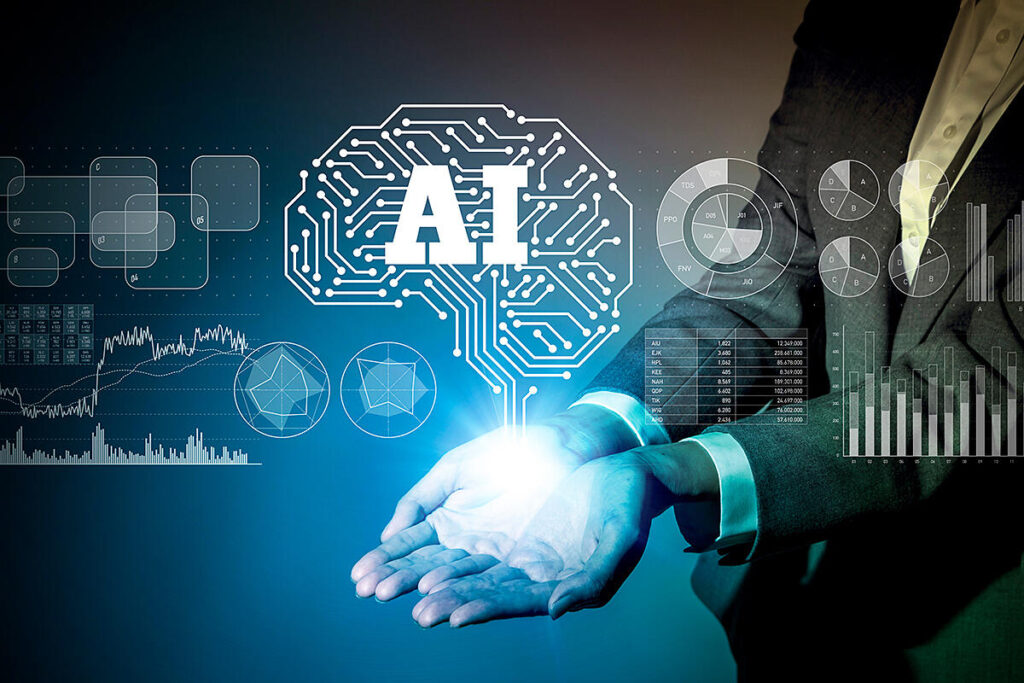
Best 5 Neural Network Models Every AI Professional Needs to Know
Ever wondered how DeepMind’s AlphaGo easily defeated Lee Sedol, one of the best Go players.
No one saw it coming. It totally seemed impossible, but with the help of deep learning, anything is possible today.
Being a subset of machine learning, it now lies at the heart of multiple innovations seen across industries. From self-driving cars to image processing and natural language processing – it’s already here. Most often people think that artificial neural networks and deep learning are terms often used interchangeably, which is incorrect. Not all neural networks can be called “deep” with multiple hidden layers and not all deep learning architectures can be called neural networks.
However, we will further talk more briefly about neural networks and how they can be used to solve multiple complex problems. Although you will find many neural networks present out there, we will only be talking about the ones that are commonly used in the current industries.
Let’s look at some of the important neural network models in deep learning:
- Deep Belief Network
Deep Belief Network (DBN), with the help of unsupervised machine learning and probabilities, helps generate output. The DBN is different from other models since each layer is orderly regulated and learns the complete input. The DBN encompasses undirected layers, directed layers, and binary latent variables.
In the DBS network, each of the hidden sub-network layers is visible to the next layer. Therefore, enabling a fast layer-by-layer unsupervised training model making contrastive divergence applicable to each of the sub-network. This gets started with the lowest layer that is visible.
Algorithms that are known as greedy learning algorithms are used to train the DBN. These algorithms incorporate the learning one layer at a time. As a result, a different version of data gets added to each layer. Therefore, every layer will use the output from the previous layer to be placed at its input.
Deep Belief Network is highly applicable in the field of motion capture data, image recognition, and video recognition.
- Restricted Boltzmann Machine
The Restricted Boltzmann Machine (RBM), a non-deterministic neural network model. This model learns probability distribution only over its set of inputs. The RBM is shallow and composes of two-layer neural networks, and these two-layered neural networks have the building block of deep-belief neural networks. Wherein the first layer is called the input or visible layer and the second is called the hidden layer.
The node present in this network interconnects with each other across the layers and not in the same layer.
RBMs are highly applicable in building applications like topic modeling, recommender systems, and dimensionality reduction.
- Multilayer Perceptrons
The Multilayer Perceptrons (MLP) network falls under the category called feed-forward neural network. Perceptron is also referred to as a single neural model which also is the predecessor to a much larger neural network. MLP consists of three layers of nodes – an input layer, an output layer, and a hidden layer. As an AI professional, you need to be specific about the neural network model you’re applying to your machine learning problems.
In the output and hidden layer, the node used is highly regarded to be the neuron that utilizes the nonlinear activation function. The MLP network uses the supervised machine learning technique for training, also called “backpropagation.”
MLP is best used to solve regression prediction problems, and projects involving classification prediction problems, and tabular datasets.
- Recurrent Neural Networks
In the Recurrent Neural Networks (RNN) model, the output received from the previous step is used again as an input for the current step. But the hidden layer can help enable this feedback system while also store information regarding the previous steps in a step-by-step method.
With artificial intelligence (AI) on the rise, we would need to find better solutions to solve complex problems. Not to mention, deep learning a subset of machine learning eliminates the need for human intervention, owning the ability to learn things based on experience or data.
The memory present in RNN allows the model to remember every information calculated. As a result, the same parameters are used for the inputs. The output delivered help reduce the complexity of the parameters.
Being one of the most used neural network models, RNN is ideal for solving prediction problems, text summarization, music composition, video tagging, and machine translation.
- Convolution Neural Network
The Convolution Neural Network (CNN) helps process data having grid patterns like images. The CNN model is designed in a way where it automatically learns the spatial hierarchies of features. It composes of three layers also called blocks, i.e. convolution, pooling, and fully-connected layers.
These layers, pooling, and convolution are great are performing feature extraction. Now, these features that have been extracted are further mapped to get the final output using the third layer, i.e. fully connected layer. The CNN model is best used in image processing.
